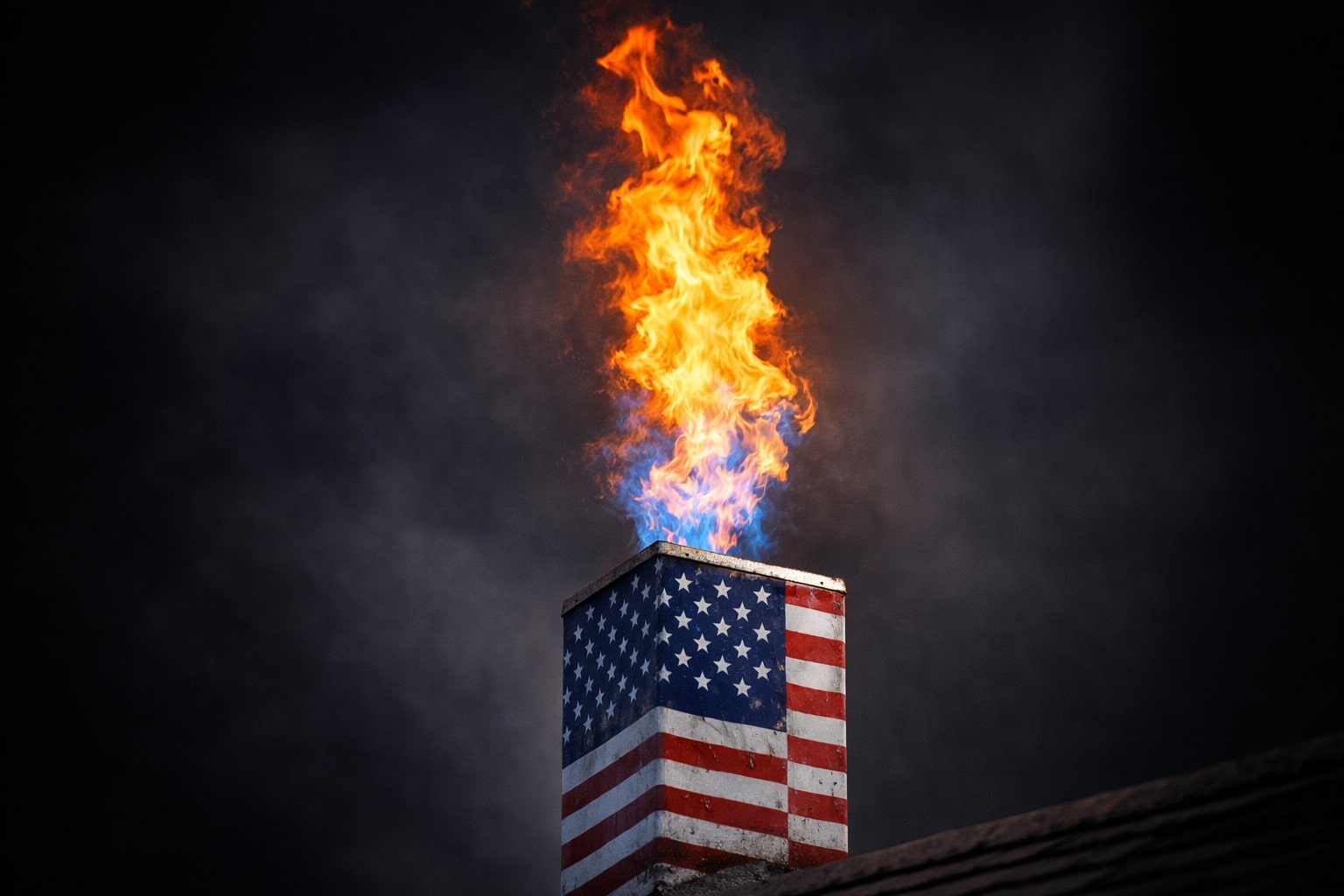Natural Gas (NG=F) Faces Structural Breakdown as $3.00 Floor Comes Under Fire
The natural gas (NG=F) market has entered a high-stakes compression phase, with prices slipping to $2.99 on July 28 — down nearly 4% on the day — and threatening to pierce through a cluster of key technical and macroeconomic supports. The entire structure beneath $3.10 has thinned, exposing the commodity to a potential cascade lower if bullish catalysts fail to materialize. The futures market is reeling from a combination of record production, cooling demand, and oversupply signals, creating one of the most fragile technical setups for natural gas in 2025.
Lower Lows Confirm Bearish Control While $2.96 Emerges as Crucial Pivot
Natural gas broke down from a short-lived pennant formation, triggering a bearish continuation below $3.07 and violating the previous trend low of $3.06, cementing a pattern of lower highs and lower lows. With prices now hovering at $2.99, the next test lies at $2.96, where an anchored volume-weighted average price (AVWAP) and a long-term ascending trendline converge. This confluence has historically provided bounce zones — most notably in October 2024 and again post-correction in April 2025 — but its defense looks far less certain this time, with the RSI falling to 36.76 and momentum trending decisively lower across all timeframes.
If $2.96 fails, the next critical zone centers around $2.84–$2.79, where a combination of a 78.6% Fibonacci retracement, ABCD measured move, and an April swing low of $2.86 converge to form a potential inflection range. Beneath that, $2.60 comes into view, representing a full unwinding of bullish positions from the spring rally.
Production Surges to New Records: 107.4 Bcf/d Pressures Price Floor
According to LSEG, U.S. natural gas production hit an all-time high of 107.4 billion cubic feet per day in July, eclipsing June’s record of 106.4 Bcf/d. This surge coincides with weaker-than-expected cooling demand, eroding the already fragile support zones on the futures curve. Analysts previously viewed 106 Bcf/d as a short-term ceiling, but the breach into 107+ territory has invalidated supply assumptions and revived fears of chronic overproduction.
Phil Flynn of Price Futures Group noted that although demand could see a temporary uptick due to extreme U.S. heat, this supply bulge is overwhelming short-term drawdowns. Production isn’t just high — it’s surging without a visible throttle, and that has the market pricing in additional downside unless a sharp weather or geopolitical catalyst intervenes.
Storage Levels Stay Elevated: 6% Above 5-Year Seasonal Norm
The EIA’s July 18 report showed a net injection of 23 Bcf, which was on the lower end of analyst estimates. Still, storage remains 6% above the 5-year seasonal average, extending the narrative that inventories are too high relative to demand velocity. With less urgency to draw from reserves, traders are repricing the forward curve, especially for shoulder season contracts.
The bearish tilt is also visible in technicals: natural gas currently trades below its 20-, 50-, and 100-day EMAs, all of which are downward sloping. These long-term moving averages have acted as dynamic resistance since early June, and each failed breakout attempt near $3.45–$3.50 has only reinforced the ceiling.
LNG Flows Tick Higher but Cannot Offset Surplus
Gas exports to U.S. LNG terminals climbed to 15.8 Bcf/d in July, recovering from earlier maintenance dips. Venture Global’s announcement of a $15.1 billion financing close for its CP2 LNG facility, which targets 28 million tonnes per annum capacity by 2027, injected medium-term optimism. However, this isn’t a near-term catalyst: the bulk of that LNG volume won’t impact the spot market until late 2026 at the earliest.
For now, LNG flows are simply not aggressive enough to counterbalance the domestic glut, especially with Europe’s storage levels sitting near 85% and Asian demand softening due to currency constraints. Without a steep pickup in LNG throughput or unexpected supply disruptions, export flows remain a supportive floor but not a bullish engine.
Geopolitical Overhang: Russia Sanctions Risk Adds Uncertainty, Not Bid Support
President Trump’s decision to shorten the deadline for a Russian ceasefire, coupled with threats of expanded sanctions on Russian gas and oil, adds geopolitical pressure — but not yet actionable bullish flow. Unless sanctions are enforced and global LNG flows are redirected with urgency, the market is treating these developments as background noise rather than front-loaded catalysts.
The European Union’s $750 billion strategic energy procurement agreement, while massive in scope, is also a medium-term theme, focused on procurement diversity rather than immediate volume spikes. Natural gas remains reactive to headline risk, but traders need confirmed supply disruptions — not just political friction — to shift price trajectory higher.
Brazil’s Petrobras Cuts Prices 14%, Adding Bearish Weight to Global Sentiment
Brazil’s Petrobras (PETR3) announced a 14% reduction in natural gas prices to distributors starting August 1. This pricing action, intended to stabilize domestic volatility, reflects a global theme: exporters are now cutting rates into a weak market, reinforcing the message that pricing power lies with the buyer, not the producer. Such regional cuts, while not directly tied to Henry Hub, amplify the global pressure on U.S. contracts by underscoring the lack of urgency among international buyers.
Natural Gas Now Trades at Make-or-Break Inflection: Buy, Sell, or Hold?
All technical and macro signals now revolve around the $2.96 level. If this line holds, natural gas may attempt a reversion toward $3.20–$3.35, especially if weather turns volatile or LNG flow surges. But a close below $2.96, particularly on strong volume, likely triggers a cascade toward $2.84, $2.79, and possibly $2.60.
Momentum, volume, and positioning all favor sellers for now. Every failed attempt to regain $3.45 has only tightened the bear grip. And with RSI near 36, there’s room to fall before oversold conditions trigger mechanical buying.
From a structural standpoint, natural gas at $2.99 looks weak, overproduced, and unsupported by storage or international flows. Until either output slows, weather accelerates demand, or exports outpace expectations, there is little reason to call a bottom.
Verdict: BEARISH — Natural Gas (NG=F) is a SELL Below $3.05 Until $2.84 Is Retested. Risk remains skewed to the downside. Only a reclaim of $3.35+ would shift the bias short-term. Traders should treat $2.96 as the battleground zone — and act accordingly.




















